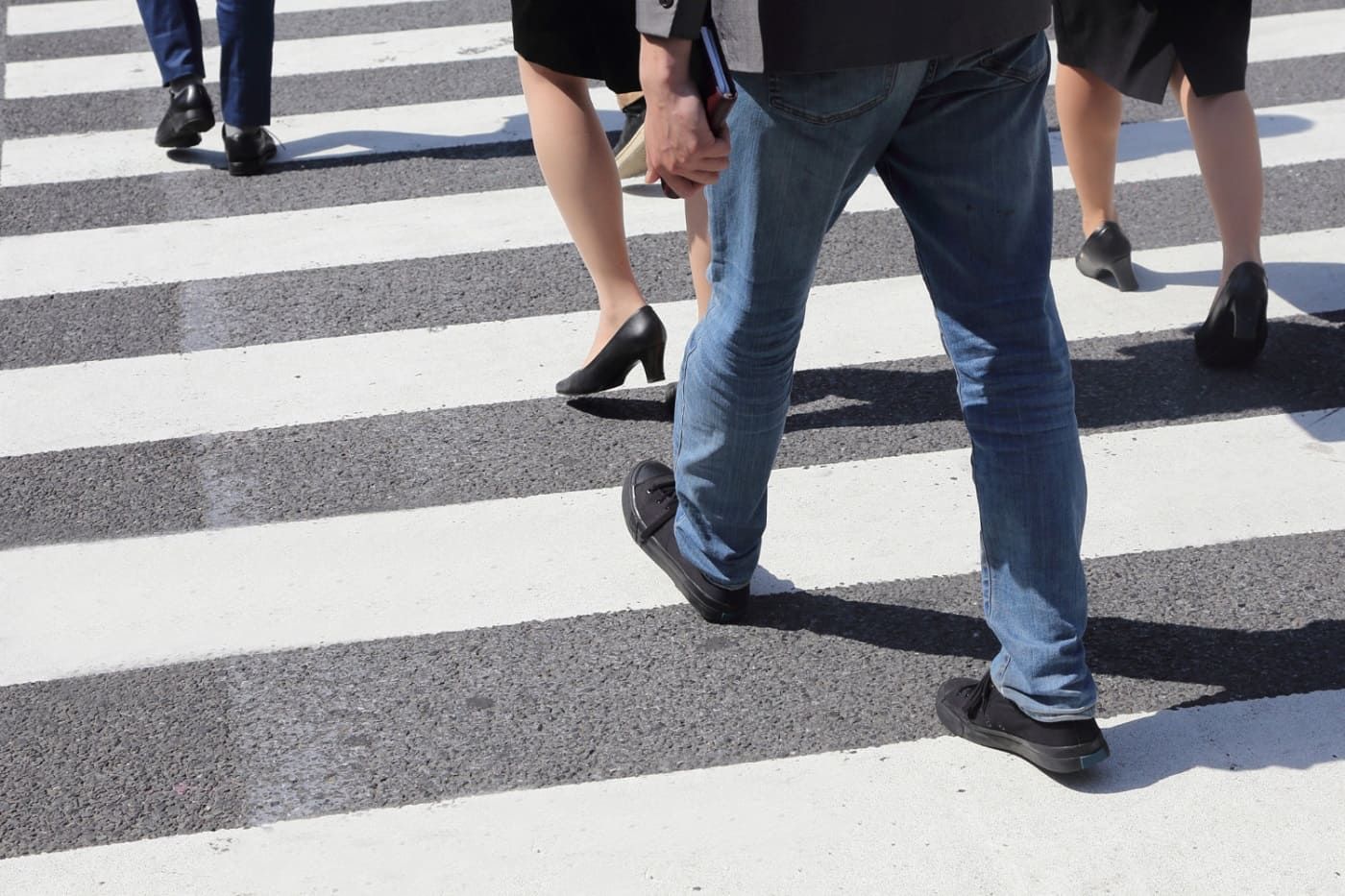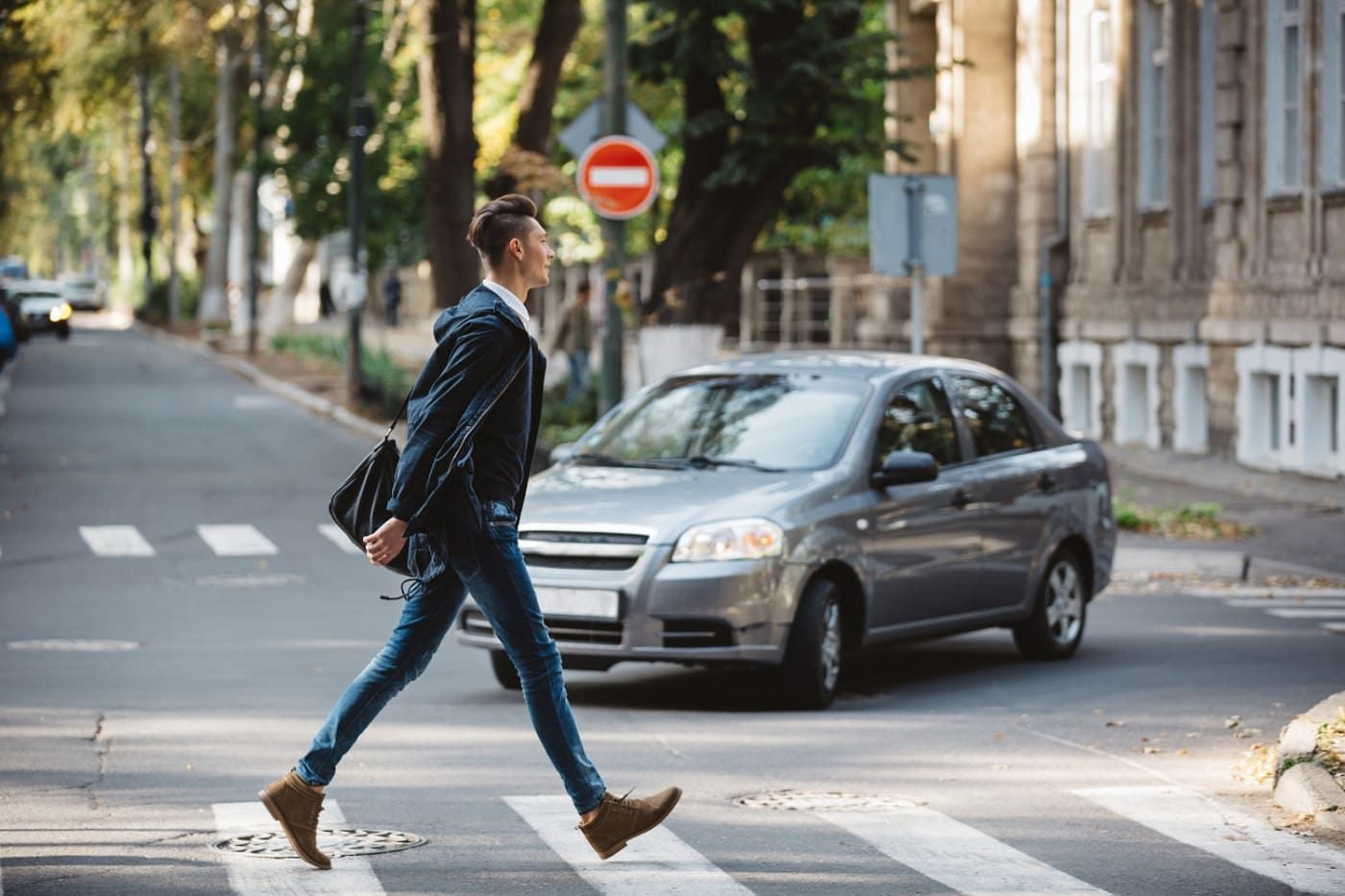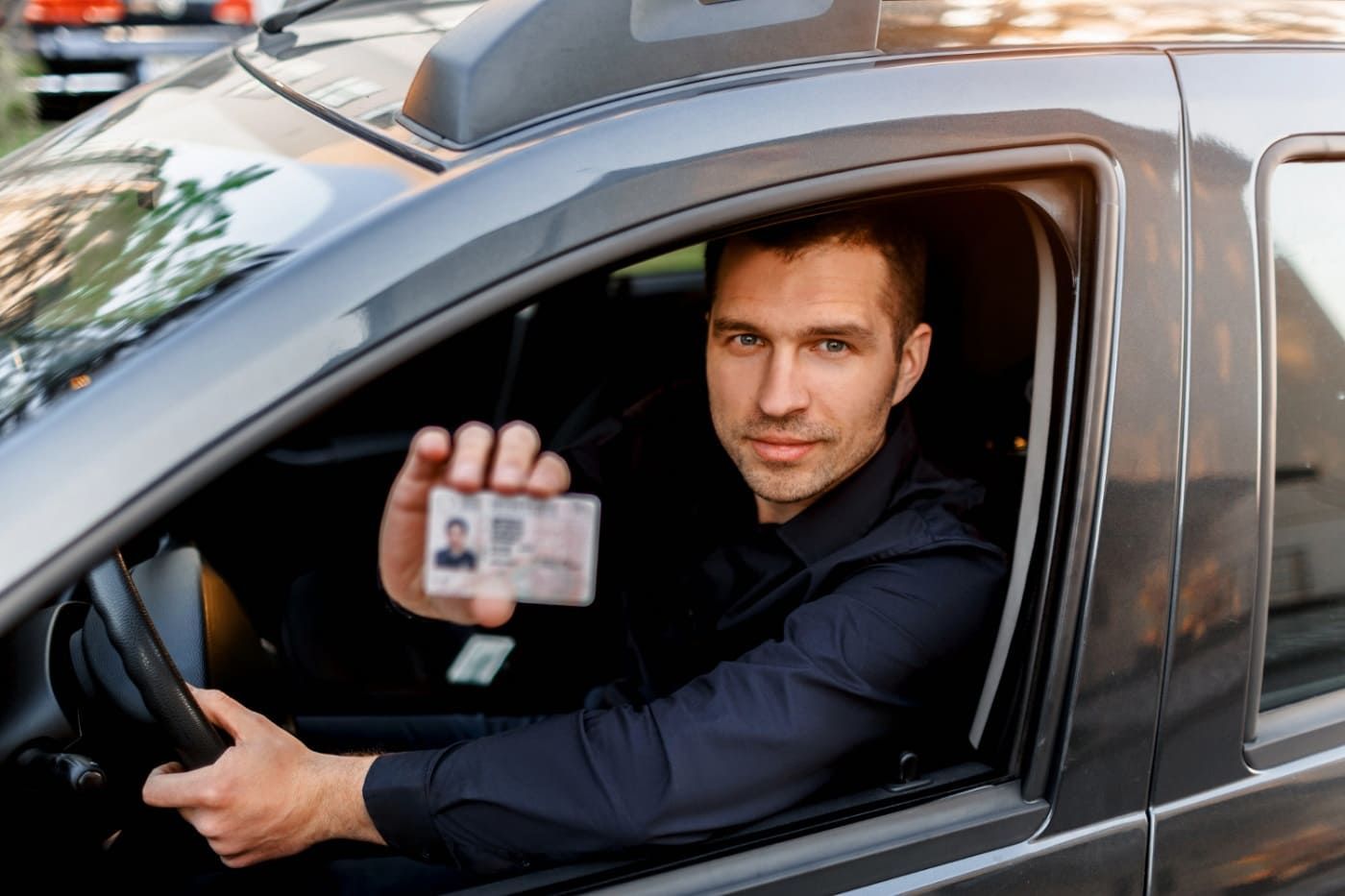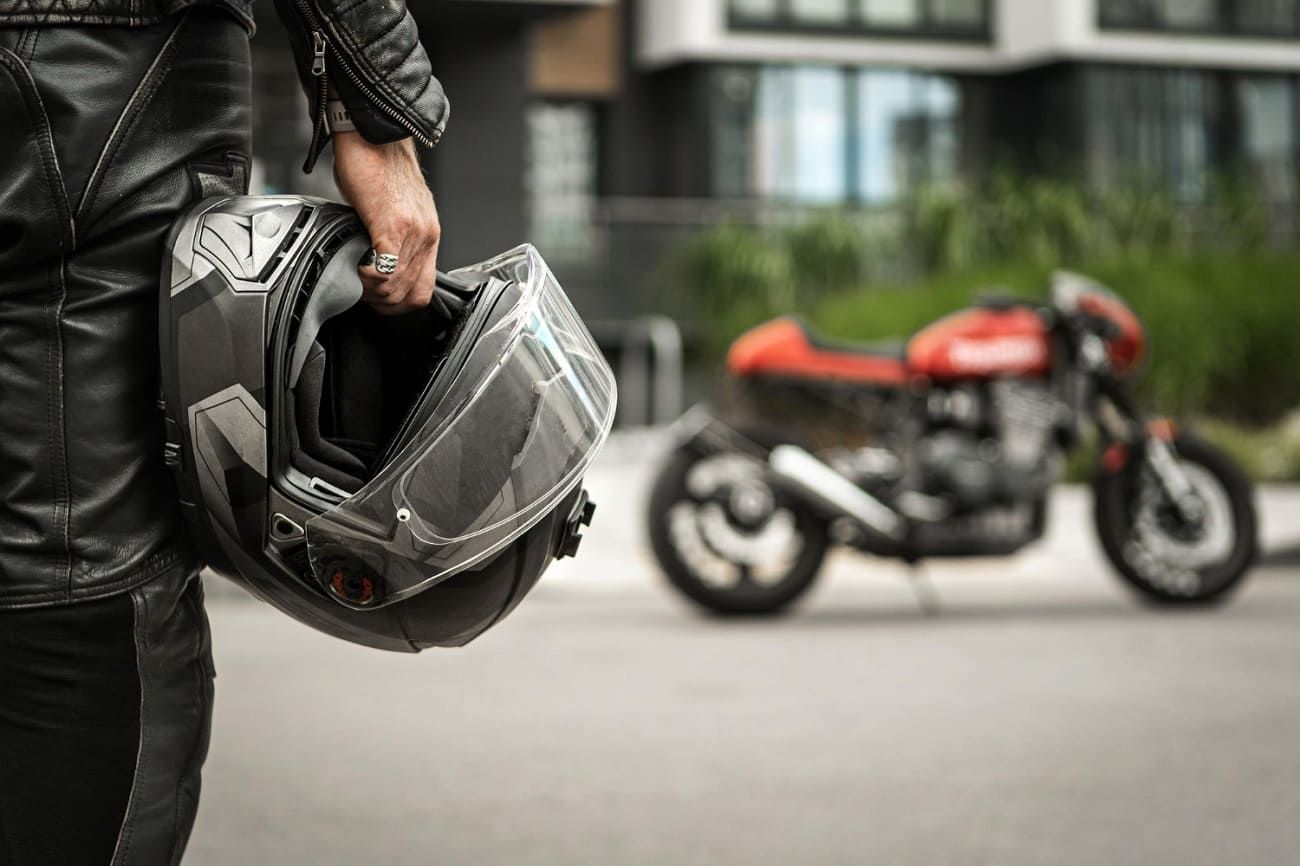Tampa Office: (813) 231-0138
Miami Office: (305) 433-3333
Florida's Pedestrian Laws: Know Your Rights and Responsibilities
Do you know how pedestrian right of way works? Click here to find out about Florida's pedestrian laws to know your rights and responsibilities.

The United States is facing a bigger and bigger problem with pedestrian safety. In 2021, there were an average of 20 pedestrians that died every day from drivers. That is the highest level of pedestrian fatalities that the United States has seen in 40 years.
Drivers and pedestrians alike need to be aware of pedestrian laws. One of those laws is pedestrian right of way.
If you are in the Florida area, you may be wondering how this and other Florida pedestrian laws work. Well, this guide breaks it down.
Obeying Traffic Signs
One of the most important Florida pedestrian laws is that pedestrians have to follow any traffic signals that are put in place. This is designed not just for your safety but also for the safety of the cars on the road.
This comes into play for both signs that are put on certain streets as well as traffic control devices installed.
An example can be a pedestrian trying to cross a busy street through a crosswalk. That crosswalk may have a traffic control device that can help make it safer for pedestrians to know when it is safe to cross the street.
There may be a digital device that has a green signal of a person walking for when a person can cross the street. Then, that same device could have a red signal of a hand that is telling people to stop and not cross the street.
In this situation, a pedestrian has to follow what the sign says. If they try to cross the street when the traffic control device is telling them to stop, they could violate Florida law. As a result, they could potentially get a ticket for jaywalking.
If you are a pedestrian in this state, pay attention to these signals and only cross the street when the traffic control device tells you to.
Sidewalks
Believe it or not, there are laws about where pedestrians are legally allowed to walk. Part of this has to do with whether there are sidewalks available along certain roads or not.
If there is a sidewalk available, a pedestrian simply has to use it. Failure to do so can result in a law violation and a ticket.
Then, there is the event that a pedestrian does not have a sidewalk available to walk on. In this situation, the pedestrian has to stay as close to the side of the road as possible.
The main details on this come when the pedestrian has to walk on the side of a highway. In that situation, a pedestrian should walk on the left shoulder and stay out of lanes made for vehicles.
Failure to do so can not only result in a ticket, but it can put your pedestrian safety in jeopardy. Considering that the speed limit in Florida tends to be 70 miles per hour on highways, it is safe to say that these cars may not be able to come to a complete stop quickly if you happen to be walking in their path.
Standing on the Road
Common sense should tell you that it is a no-no for pedestrians to stand on the road where they can get in the way of vehicular traffic. However, Florida Statutes have specific situations for this that are discussed.
The first is when a pedestrian stands on the side of the road. If they are trying to seek a ride, business, or employment from that part of the road, they are violating Florida law and can be subject to a fine.
Then, you have people that try to save a parking spot. In Florida, you are legally not allowed to stand around and try to save a parking spot for somebody.
On top of this, a person can't watch a vehicle or guard one while it is parked on a street or a highway. Florida requires pedestrians to keep it moving in these situations and if you are caught doing this, it could be considered loitering.
Drivers and Traffic Signals
Something else that pedestrians have to consider for their safety is if drivers follow the traffic signals that are put in place. If there is one on that street, then the driver has to follow this. Examples of this can be a light, a stop sign, or a yield sign.
What happens if there is no traffic signal where someone is driving? Drivers in Florida are urged to slow down in these situations and watch out for pedestrians. If they see a pedestrian crossing a street where there is no traffic signal, they have to slow down or stop to let them cross the street safely.

Using Crosswalks
Another important thing for pedestrians to remember is that crosswalks are there for a reason. If there is one available, the onus is on you to use it rather than crossing the street at a random point.
This does a few things for pedestrian safety. The first is that it alerts drivers that there is a chance that a pedestrian may cross the street in that area. There are clear white markers with these at the end of a block where pedestrians walk.
The second thing this does is that it helps organize traffic on both sides at a safe location. A crosswalk is typically a gathering point. Whether this is at a traffic light, a stop sign, or some other traffic control device, it tends to be in an area where cars and pedestrians are more likely to intersect.
As a result, the marker provides a guideline for where pedestrians should cross safely and where cars should expect them. Failure to follow this could result in a jaywalking ticket.
On top of all of this, there is a certain part of the crosswalk that you should use when crossing the street. Think of it like the road.
When you see the crosswalk as a pedestrian, Florida Statutes ask pedestrians to use the right side of the crosswalk. This makes two-way traffic easier to organize and it follows the same direction as cars on the road in Florida.
You also need to make sure that you are walking in a straight line when using the crosswalk to cross the street. Florida does not allow pedestrians to go diagonally when using this. Crossing this the wrong way could result in a ticket.
Cars and Other Vehicles
One thing that cars need to be careful with when it comes to pedestrians is what happens when these pedestrians use other types of vehicles. Florida classifies these as human-powered vehicles.
Think of things that you need to get started yourself that you may use on the side of the road. This can be anything from a bike to a scooter, a skateboard, and more.
The point is that the onus is on cars to look out for pedestrians that are using these human-powered vehicles. Cars are encouraged to slow down and drive defensively if they face the possibility of dealing with these.
Bridges
Finally, there are a few things in the Florida Statutes that discuss what happens when a pedestrian violates a law by a bridge.
One of the first things discussed is when someone jumps off a bridge. You may have seen this on TV where someone pulls a stunt from the top of a bridge. Or, you could have seen someone dive from a bridge into a river on the internet.
In Florida, you are not allowed to jump off any bridge that is publicly owned. You need to be aware of this law because the government is not required to post any signs in that area saying such.
Another thing with bridges you need to be aware of is that you have to stay out of restricted areas. If there is a closed barrier, that should tell you that you are not allowed to go any further.
Learn More About Pedestrian Right of Way
These are some of the Florida pedestrian laws that you should know about. Pedestrian right of way is mainly at a crosswalk where a traffic signal or a traffic control device gives that pedestrian permission to cross the street.
Remember that pedestrians cannot solicit any business or employment on the side of the highway. On top of this, pedestrians have to use sidewalks where available and avoid jumping off bridges.
Do you want to know more about pedestrian rights? Reach out to Pablo G. Martinez Law Firm and Message us here with your questions.

The information on this website is for general information purposes only. Nothing on this website should be taken as legal advice for any individual case or situation. This information is not intended to create, and receipt or viewing does not constitute, an attorney-client relationship.
All Rights Reserved | Pablo G. Martinez Law Firm
















